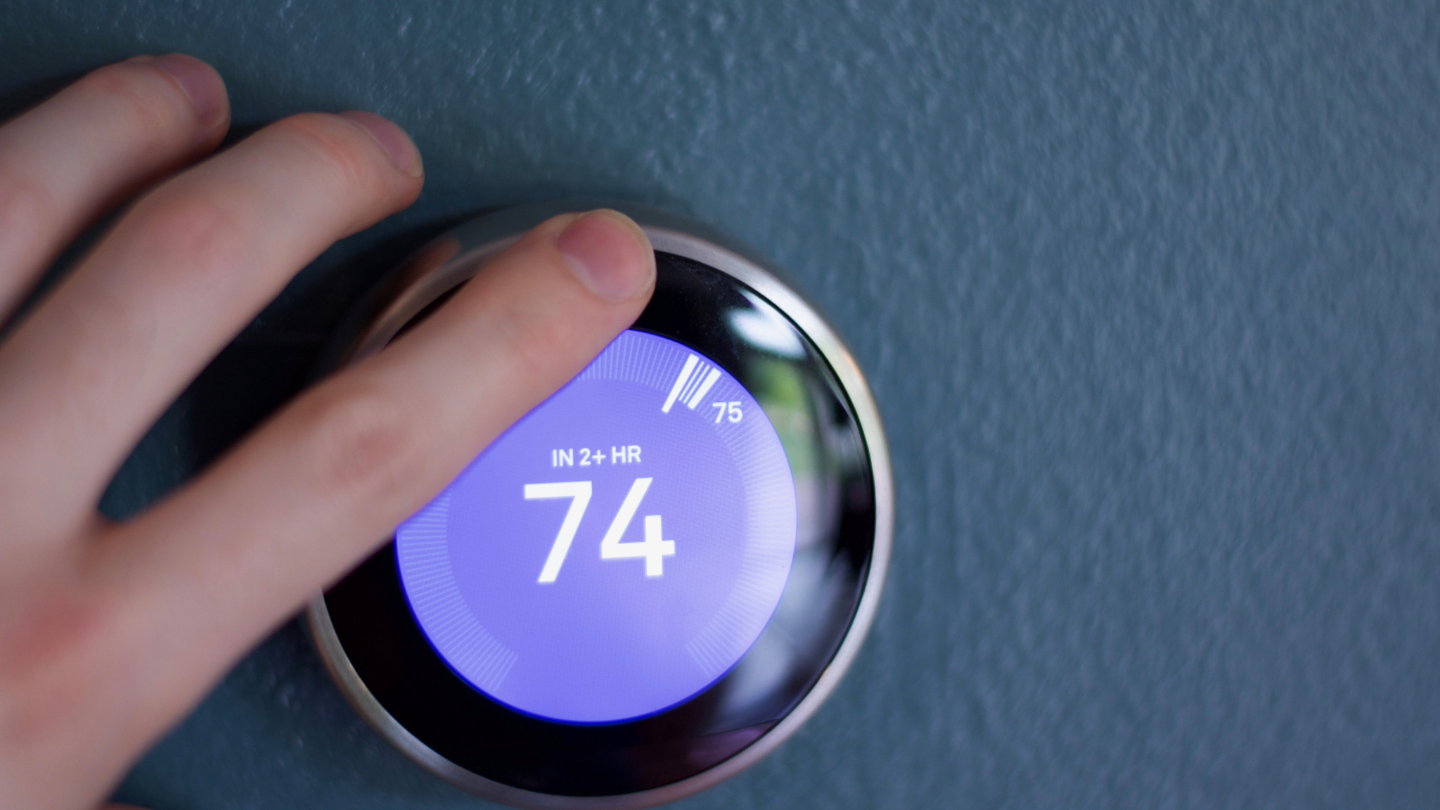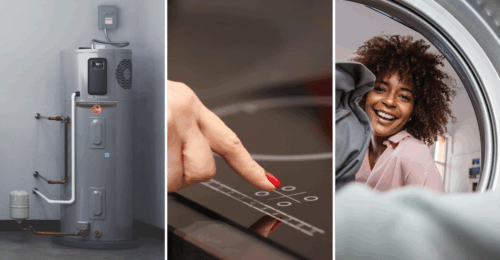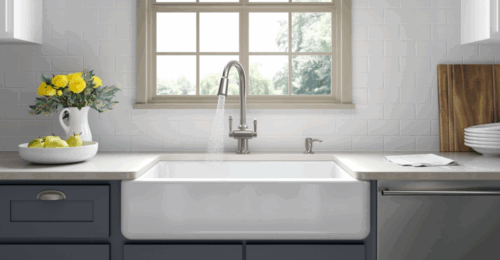Your home’s HVAC (heating, ventilation and air conditioning) system is not just a luxury, but also an essential component that ensures comfort, health and energy efficiency.
However, like any mechanical system, it has a lifespan, and there comes a time when upgrading or repairing becomes necessary. When deciding whether to repair or replace an HVAC system, here are a few things to consider:
- Age of System: For a system that is over 10–15 years old, it is recommended to consider a new system. According to ENERGY STAR® , upgrading to a newer, more energy-efficient model can result in up to 20% savings on heating and cooling costs.
- Nature of the Repair: Minor, infrequent issues may justify repairs, but if energy bills are rising, a replacement could save money long-term.
- Efficiency: Replacing your old system can improve your home’s comfort and reduce energy. Always consult a professional for personalized advice.
- Warning Signs: Look for signs like uneven heating or cooling throughout your home, increased noise levels or rising energy bills. These could indicate a need for repair or replacement.
When to Upgrade

A new HVAC system is a meaningful investment, so it’s important to understand the reasons and benefits for replacing your system. This could include anything ranging from improved energy efficiency to increased home value.
- Improved Energy Efficiency: One of the primary reasons for replacing an older HVAC system is to improve energy efficiency and reduce energy bills. According to energy.gov, the typical home spends more than half its utility bills on heating and cooling the house. Older systems are less efficient, leading to higher utility bills and unnecessary energy consumption. Upgrading to an ENERGY STAR-certified, energy-efficient model can result in significant cost savings over time – as much as $40 a month. Modern HVAC systems are designed with advanced technology such as multi- and variable-speed compressors and blower motors, high-efficiency coils, and smart technology that adapts to your schedule and to the weather outside. Additionally, The Home Depot promotes environmentally friendly options, including systems with higher SEER (Seasonal Energy Efficiency Ratio) ratings and ENERGY STAR certifications.
- Cost Savings: While the upfront cost of replacing an HVAC system can seem daunting, it’s essential to consider the long-term savings. Because newer systems operate more efficiently, they require less energy to heat or cool your home adequately. Over time, this translates into lower utility bills, saving you money in the long run. Additionally, most new systems come with 10-year parts warranties and optional labor warranties of up to 10 years that can provide peace of mind and protection against unexpected repair costs.
- Consistent Comfort: Aging HVAC systems will inevitably struggle to maintain consistent temperatures throughout your home, leading to temperature fluctuations and hot or cold spots. Newer systems have advanced technology such as variable-speed motors, allowing for more precise temperature control and even air distribution. This results in a more comfortable living space, regardless of the season or outdoor conditions.
- Increased Property Value: Upgrading your HVAC system can also enhance the value of your property. Prospective homebuyers are increasingly seeking energy-efficient features and modern amenities, including updated HVAC systems.
Whether you are upgrading an outdated system, replacing a broken one or installing something new, The Home Depot provides expert assistance at every stage by offering comprehensive HVAC installation and replacement services designed to make the process seamless for homeowners.
Don’t Forget Ongoing Maintenance

To get the most out of your existing or new system, regular maintenance will keep your HVAC system running smoothly, saving energy in your home.
- Replace the air filter. Replacing your air filter every three months can make a big impact in the performance and lifespan of your HVAC system and save you up to $100 a year.
- Get seasonal tune-ups. To maintain most manufacturers’ product warranties, it is important to have an annual professional tune-up conducted on your system, although twice a year before the cooling and heating seasons is even more ideal. The Home Depot offers these services.
- Install a smart thermostat. Smart thermostats can save more than 25% per year on heating and cooling costs. Rebates and tax credits are also often available on these products, so check the EPA’s rebate finder. Read our latest article on choosing a smart thermostat.
- Seal gaps and cracks. Sealing gaps and cracks is the number one way to reduce heating and cooling expenses. Replace door sweeps, seal gaps around window frames and doorframes by adding caulk, and seal cracks and holes around pipe entry points with Great Stuff spray foam.
- Add or replace weather stripping. Another way to seal gaps and cracks around the house is by adding or replacing old weather stripping around windows and doors. This will help minimize drafts and is a surprisingly effective and affordable way to keep cold air out in the winter and hot air out in the summer.
By prioritizing your HVAC system, you’re investing in a comfortable, healthy and energy-efficient home. Even if you are not yet ready to replace your whole system, remember that proper maintenance is key to maximizing the lifespan and efficiency of your HVAC system. Don’t hesitate to take advantage of The Home Depot’s resources to keep your system running smoothly and your home environment at its best.






